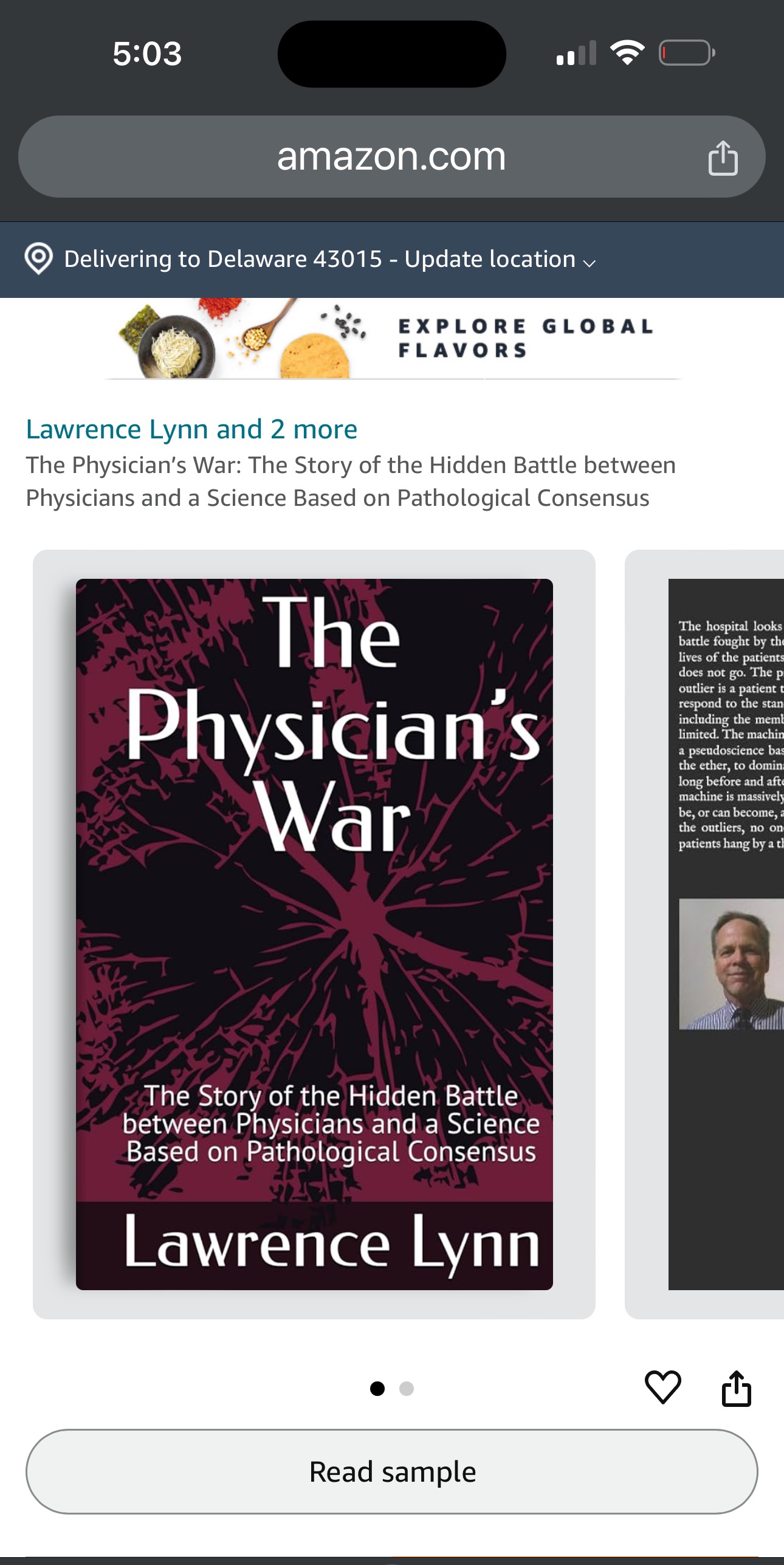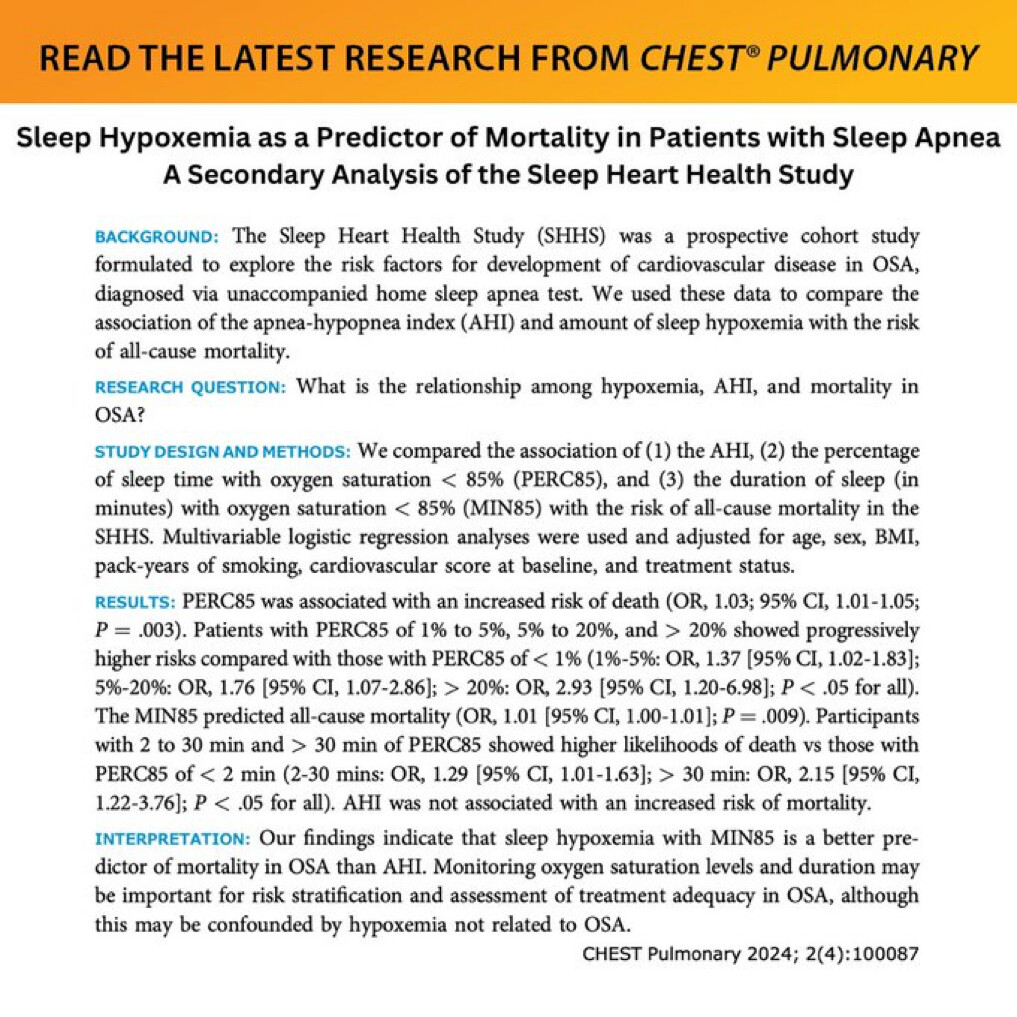One more thing Erin.
My view is that we talk endlessly about these things but that’s not productive except perhaps as a catalyst for the young. My goal is more ambitious. I hope to induce or precipitate the deep debate and dialog required in critical care science. This was the reason for the book coauthored with @Rafael_Leite and David Lynn.
So far the leaders will not debate at a deep level. This is the reason we wrote the book for the lay public and the non critical care scientists because lumping scientists are not going to read it. The term “lumping scientists” is not disparaging, this is fundamental to the method by which they modify Hill’s technique.
There is always the theoretical “common driver” argument, which was the basis for the lumping in the 1960s, but a common driver of which diseases in which mix of the diseases under test?
Are not RCTs hard enough when diligently following the single disease model of Hill?
Yet no one will talk about this. It seems that the option of moving from the synthetic syndrome lumping model and going to the single disease model and then combining the diseases later for which a common response to treatment is identified, should, at least, be debated.
We should, at least debate whether the Petty/Bone RCT shortcut (lumping by threshold) modification of Hill’s method is valid and if so what are the parameters rendering the Petty/Bone RCT method valid? To my knowledge no statistician ever investigated the Petty/Bone RCT method Petty/Bone was presented to them as a single disease equivalent (I.e. Hill’s method) . In other words statisticians think they are using the RCT method of Hill and Fischer not Petty& Bone.
Yet the standard in critical care is the Petty/Bone RCT method. No one questions it. Perhaps no one even thinks to question this decades old standard method. Furthermore, I don’t think any of the statisticians are aware.
This is not something that the syndrome science thought leaders can consider or perhaps even comprehend. They have been indoctrinated in the Petty/Bone RCT method and they think randomization allows the modification.
So action by leaders of the overarching philosophical and mathematical dimensions of science are required at a deeper thinking level than the thought leaders are capable of, within the constraints of their bias in their own clinical RCT realm. Specifically this requires those from outside the discipline at a higher academic level that the “realm leaders” cannot ignore.
Critical care syndrome science will aggressively debate vaccines, masking, the need for a 30cc/kg mandate for sepsis and almost anything. It goes on in twitter all the time. However they will not debate, for one minute, the “science of their own science”. That, they will not discuss. You will never see them here and I have often invited them.
So they cannot do it. They are too weak as a function of their bias. This also is not disparaging. Who is not intellectually weakened by their own bias? Therefore, the appeal now is to the public and to the scientists and philosophers of science itself. They are the only hope to get introspection and debate which is required to maintain the validity of any science.
Open debate and open minds are the two ingredients required to produce the almost magical self-correction feature which is characteristic of real science. We need that now for the world’s health.




